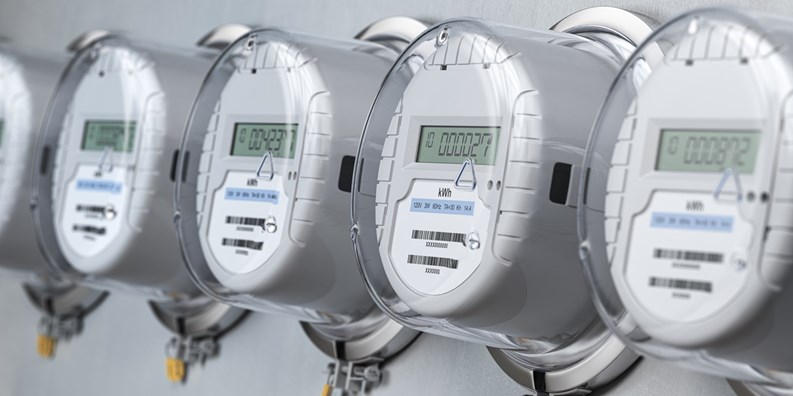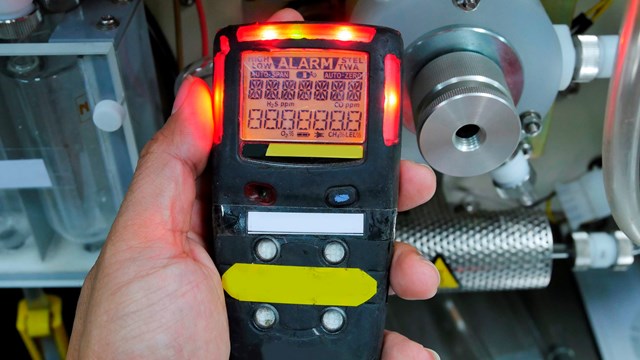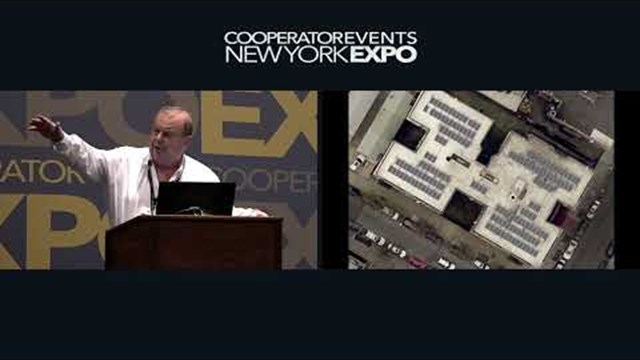In New York, most co-ops and condos receive energy from either Con Edison or an energy service company (ESCO). When it comes to energy however, conservation is the watchword–both in terms of cost, and in terms of reducing the environmental impact of multifamily buildings. With these in mind, many co-op and condo boards are exploring a third option: implementing cogeneration (CoGen) technologies to generate their own juice, so to speak.
Some Definitions & History
Put simply, CoGen is the simultaneous production of two useful forms of energy from one process. For example, steam generated by a boiler is captured and used to produce both electricity and heat for interior spaces. In residential buildings, CoGen equipment generally runs on either natural gas or #2 oil to produce some portion of the energy they require, relying on outside suppliers only for the balance of what can’t be produced in-house.
Buildings able to generate more energy than they need may even turn a profit by selling the surplus back to those suppliers–and some of the reclaimed energy can also be put back onto the power grid, helping the city prevent blackouts or brownouts in times of high demand–a point well worth noting, given the stress that rising global temperatures is putting on urban utilities.
CoGen has existed in some form for decades, often called ‘combined heat and power’ (CHP) for its use of natural gas to create electricity, as well as to heat and cool water. According to the Environmental Protection Agency (EPA), “Combined heat and power technologies are efficient and clean approaches to generating electric power and useful thermal energy from a single fuel source. Combined heat and power is used either to replace or supplement conventional separate heat and power (SHP).”
How it Works
“With co-generation you have one type of energy going in, and two types of energy coming out,” explains Bruce Beckwith, VP of RSP Systems, a microturbine specialist based in the Bronx. “We’re taking natural gas in. We’re making electricity and reclaiming wasted heat and turning it into hot water. We’re displacing electric demand and usage and also displacing traditional boiler use.” CoGen can also work in conjunction with an existing HVAC system to provide chilled water for air conditioning.
The process of producing energy for metropolitan area co-ops and condos has evolved dramatically since it was introduced in the 1980s, says Lewis Kwit, president of Manhattan-based Energy Investment Systems. According to Kwit, in a traditional heating system, water is heated into steam, which turns a high-speed magnetic turbine in order to generate electricity. However, in these systems, most of the heat is wasted, being vented through smokestacks or into local waterways - both of which raise environmental concerns.
One of the co-generation options these days is installing a microturbine system. This equipment is about the size of a vending machine, and can be put almost anywhere mechanical equipment goes, like inside a boiler room, the basement or on the rooftop of a building, according to Beckwith.
The city’s rule allows for microturbine systems to be installed in residential or commercial buildings, provided that clearance is obtained from the utility company and an application is filed with the Department of Buildings (DOB). An operational permit from the FDNY is also necessary. Using this type of equipment is actually one of the mandates of the City’s PlaNYC 2030, which aims to reduce greenhouse gas emissions citywide by 30 percent by 2030, and encourage developers to build more efficient, greener projects. Estimates show that microturbines generate 70 to 80 percent usable energy from a given amount of fossil fuel, whereas only 30 to 35 percent of the energy produced by power plants is usable.
“When power comes from off-site, you’re only getting about 30 percent of the generated electricity at your plug,” says Stuart E. Weidie, president and chief executive officer for Blossman Gas, Inc., a nationwide energy supplier with offices throughout the mid-Atlantic. “More than 30 percent of the energy is lost in production, and still another 30 percent is lost in transmission over power lines.”
In a traditional SHP system, Kwit explains, “It takes 11,450 British thermal units (BTU)s to create one kilowatt (kW) hour of electricity; however, thanks to higher efficiency and reduced wastefulness, “a cogeneration unit only requires 3,412 BTUs to get the same amount of electricity.”
Benefits & Drawbacks
While implementing a CoGen program can result in significant savings on utility costs for some residential communities, it’s not for every building. Depending on its age, size, architecture, and energy use, adapting your building could make a lot of sense–or it might actually cost too much to be worthwhile. That’s why it’s key to have a professional engineer or energy consultant assess your building’s specific capacities and limitations to enable your board and management to make the right choice.
In addition to cost, the question of utility usage also is paramount. A building’s load factor—the way it uses its electricity—is of particular importance. Determining the building’s average electrical use and dividing that figure by use during peak hours will determine its load factor. It must also be determined whether natural gas is available to power the facility; and whether the building has a central air conditioning system. Central air generates heat, helping the load factor.
“It helps if the building has a good load factor—that is, if the way it uses electricity is pretty constant,” says Damian Sciano, PhD, PE, ConEd’s Director of Distributed Resource Integration. He adds that while some cogenerating buildings are entirely self-sustaining, most will still draw some power from the municipal grid, usually during summer months when demand is particularly high.
Other areas energy pros examine when assessing a building for CoGen include whether there is adequate space for the needed equipment. Even though cogeneration units take up less physical space than more traditional SHP equipment, this can be tricky in New York City, where space is always at a premium. According to one pro, CoGen equipment for a 100-unit residential building requires about 20x20 feet of space. Depending upon the size of the CoGen system, staff may also be needed to maintain the facility, sometimes around the clock.
CoGen experts also stress that every cogeneration system is tailored to meet each building’s individual needs, and that the cost-effectiveness and savings a building can expect to realize depends on what type of system is installed. Therefore, it’s important for boards to keep in mind that their expenses–and savings–won’t necessarily be equal to those of the cogenerating building down the street.
It’s also important to consider that major mechanical projects can be disruptive for residents and building staff alike, so building and association administrators should carefully consider when to get a CoGen project underway. According to the pros, the best time is when you’re already planning for a major capital improvement; it might make a lot of sense to piggyback a cogeneration conversion onto that work.
Running the Numbers
Instituting cogeneration should result in lower utility bills over time, but according to a Con Ed rep, the actual cost of installing a CoGen unit is very type- and site-specific. “Take two buildings built at the same time and with the same general construction that would both like to put a distributed generator unit in the basement. One doesn’t have the ability to have a stack [unit]; the other has an incinerator chute.” The cost of purchasing a cogeneration unit might be the same, “But the cost of installing it is highly variable.”
Help in the form of information, incentive programs, and other support is available from a variety of NYSERDA programs (www.nyserda.org). Con Edison (www.coned.com) also works with its customers interested in switching over to cogeneration, or what it calls “distributed generation/energy.”
While more buildings are making the change, the trend is fairly limited. “The projects that get done [each year] are in the dozens,” Sciano says. Whether more buildings choose to follow suit and explore the possibility of co-generation remains to be seen. But, with inflation and fuel costs high, and the City pushing aggressively toward a greener, more sustainable environment, it seems likely that other buildings will at least look toward CoGen technologies as one possible option for cutting costs, reducing emissions, and saving residents money in the long run.
Cooper Smith is a staff writer/reporter with CooperatorNews.










Leave a Comment